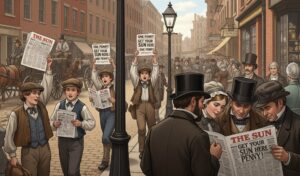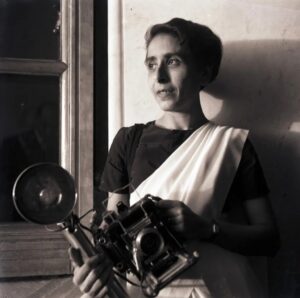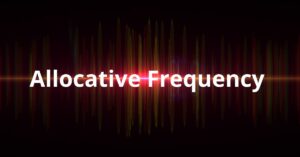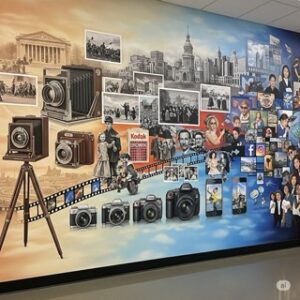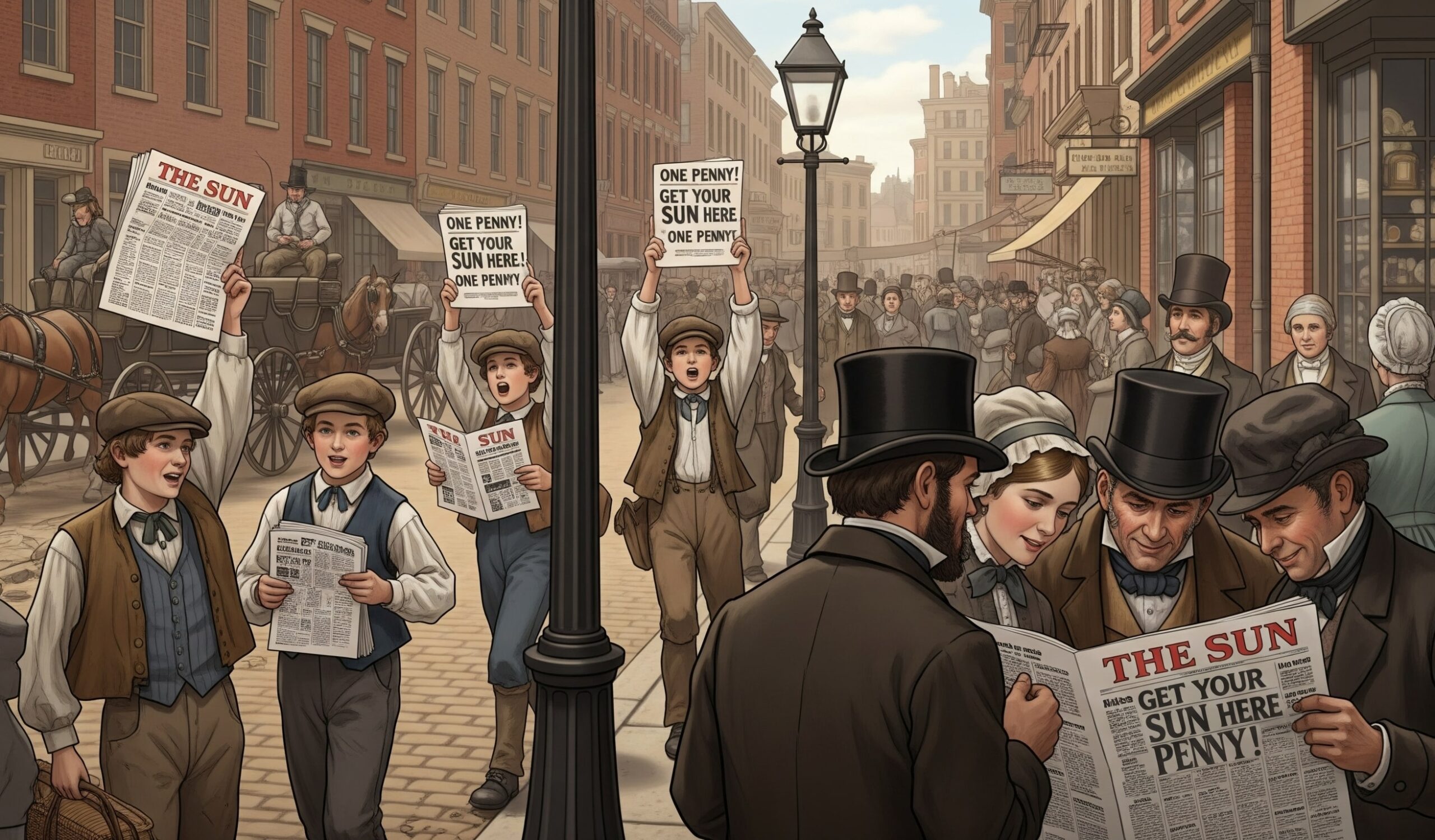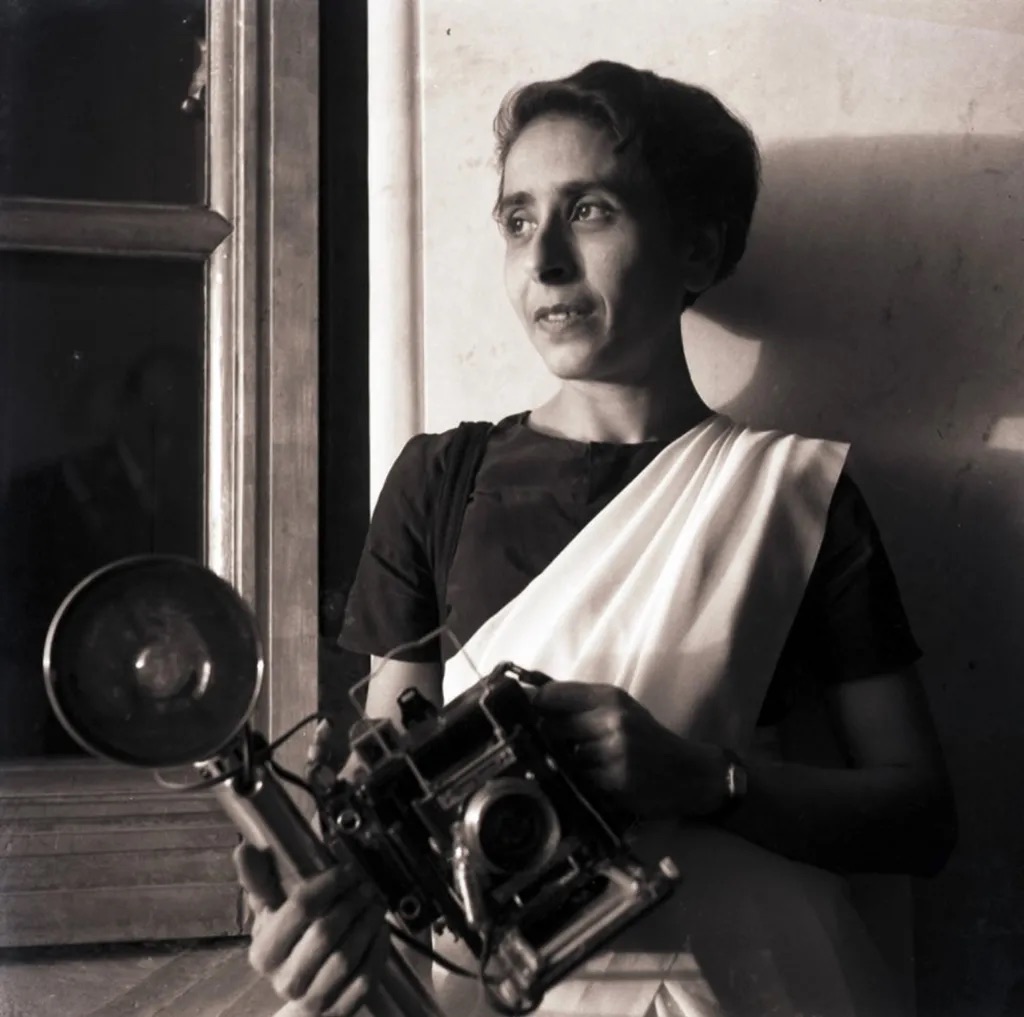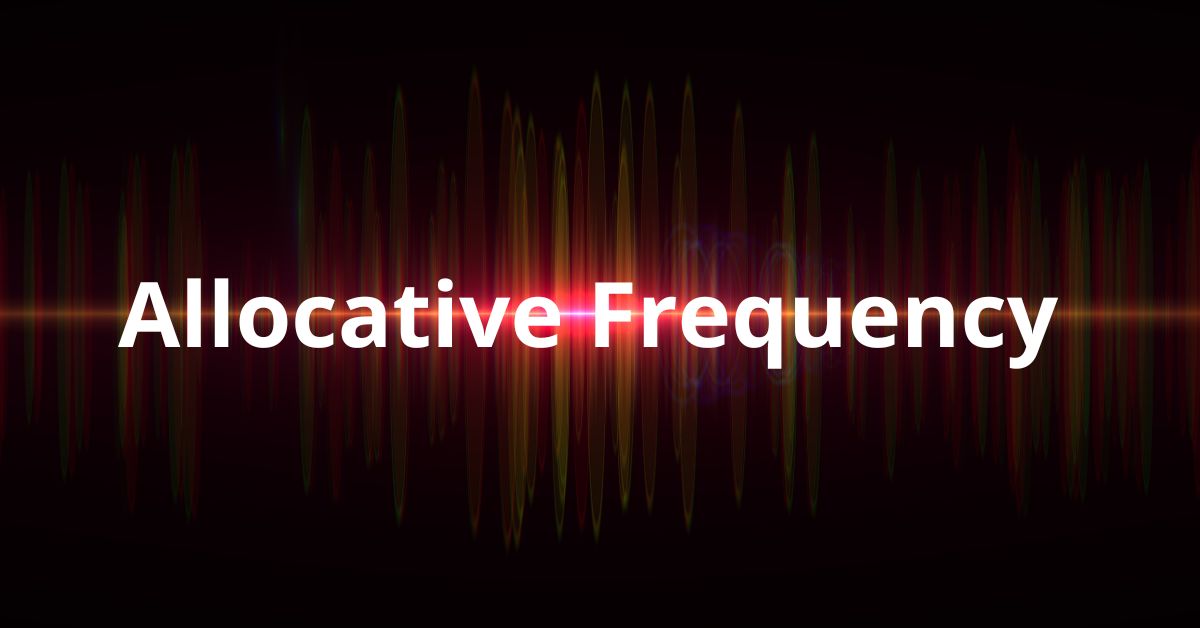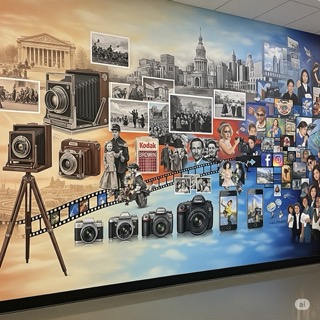Write the correct sequence of the following theories:
(A) Diffusion of Innovation, uses and gratification, agenda – setting, cultivation
(B) Agenda – setting, cultivation, diffusion of Innovation, uses and gratification
(C) Cultivation, diffusion of innovation, uses and gratification, agenda – setting
(D) Uses and gratification, cultivation, agenda – setting, diffusion of Innovation
Correct Ans: (A)
Explanation:
The correct answer is (A) Diffusion of Innovation, Uses and Gratification, Agenda-Setting, Cultivation.
To understand the timeline, let’s go theory by theory. First came Diffusion of Innovation, proposed by Everett Rogers in 1962. This theory explained how new ideas and technologies spread through societies. It emphasized adopters, influencers, and stages of diffusion, laying the groundwork for media studies in technology.
Next, we had the Uses and Gratification Theory in the early 1970s. Scholars like Jay Blumler and Elihu Katz developed it. This theory shifted the focus from what media do to people to what people do with media. It emphasized individual agency. In short, audiences choose media based on their personal needs—like entertainment, information, or social interaction.
After that, in 1972, Agenda-Setting Theory emerged. Maxwell McCombs and Donald Shaw proposed it during the U.S. elections. According to this theory, media don’t tell people what to think—but they do tell people what to think about. This marked a big change in understanding media power.
Finally came the Cultivation Theory, developed by George Gerbner in the mid-1970s. He studied long-term television viewing and found that heavy viewers often perceive the world as more dangerous. This “mean world syndrome” suggested that television cultivates a distorted view of reality.
To summarize:
- 1962: Diffusion of Innovation
- Early 1970s: Uses and Gratification
- 1972: Agenda-Setting
- Mid-1970s: Cultivation
Thus, option (A) reflects the accurate chronological development of these four landmark theories.



